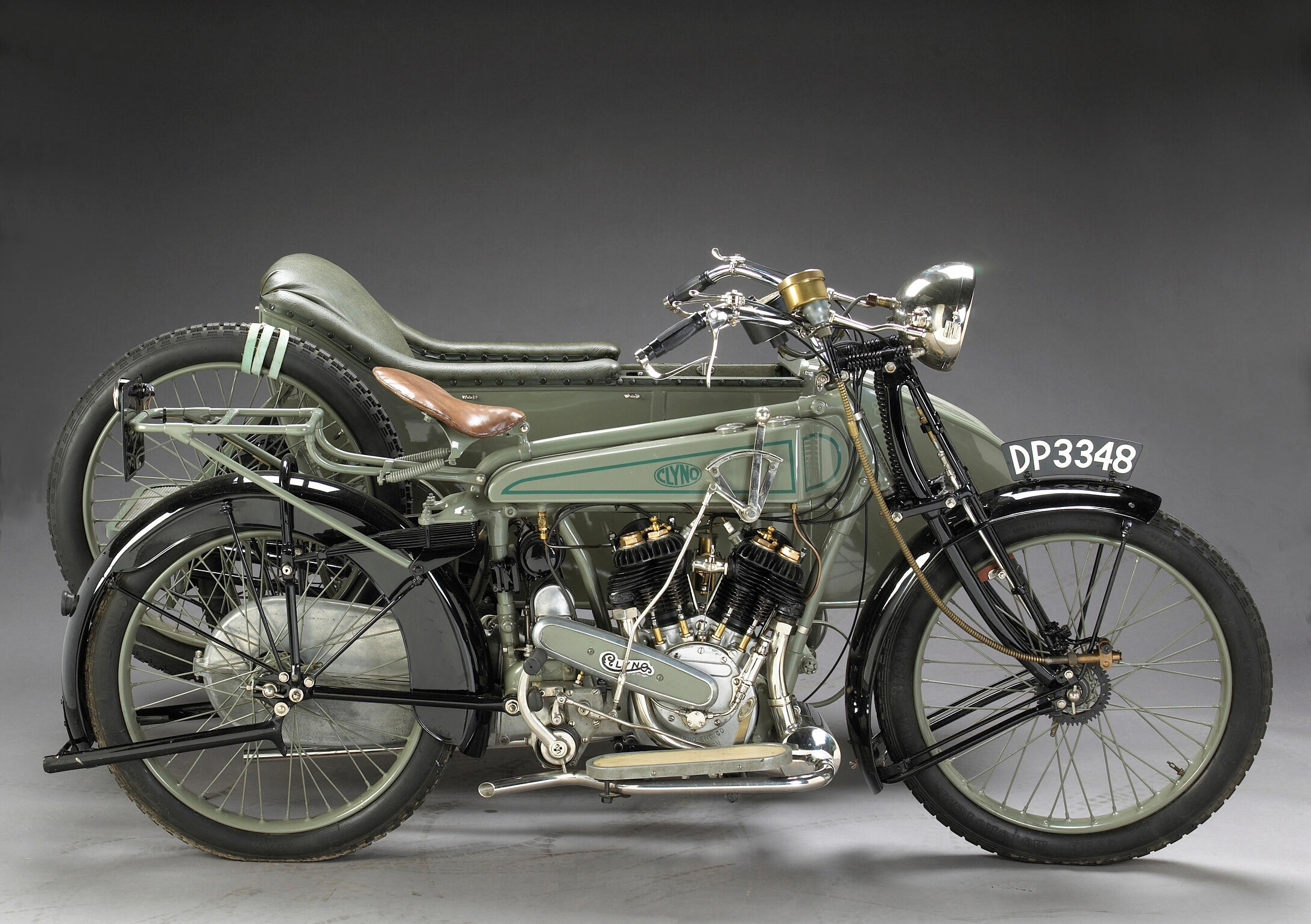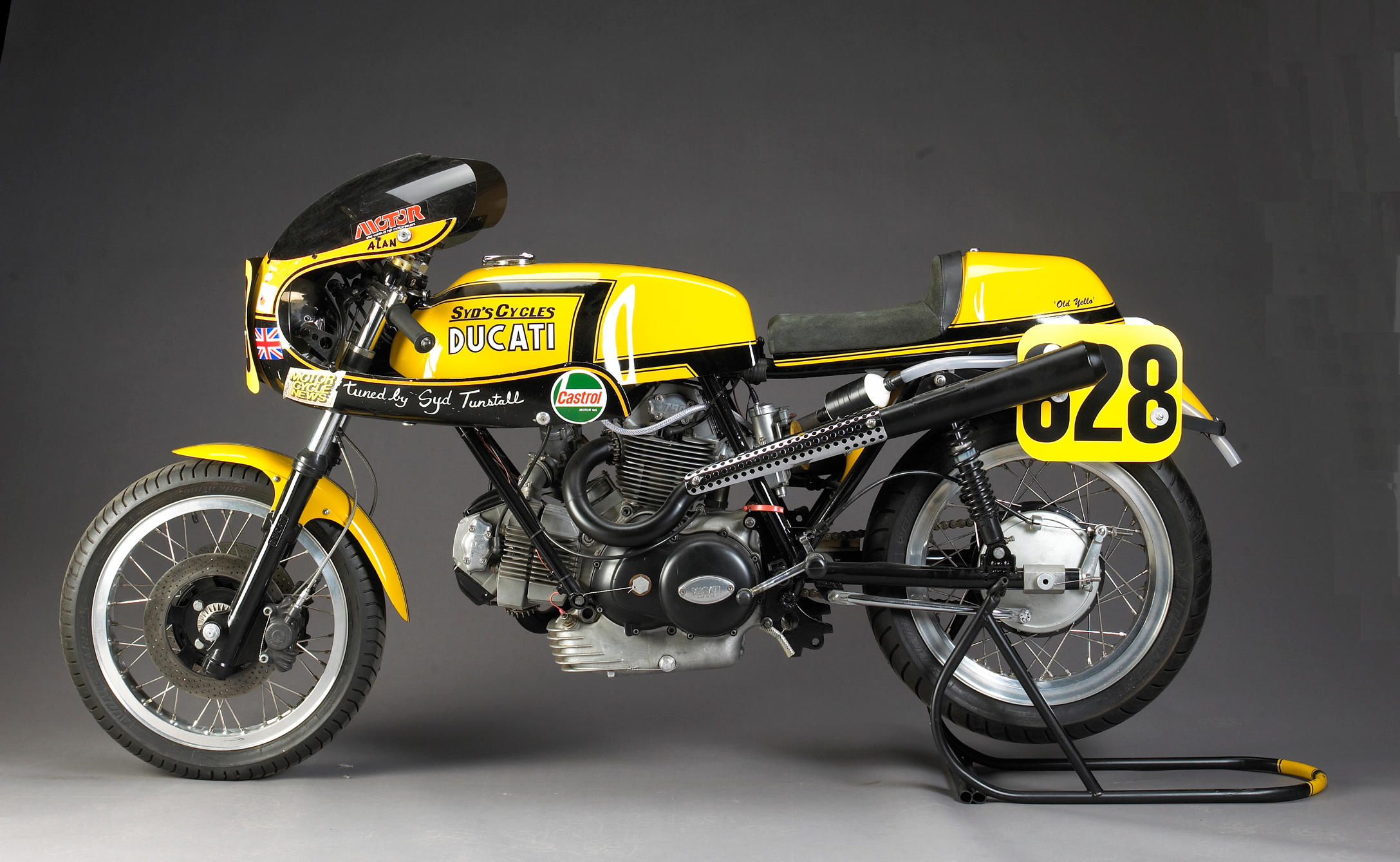This machine is one of three that started as a batch of parts bought from a broker as the remnants of what was left when the BSA factory’s Competition shop closed. We are advised that the vendors researched all available written material and period photographs in an attempt to capture the bikes as they existed at various times. The two most important people involved in their original construction were BSA’s Competition Manager, Brian Martin and frame builder, Eric Cheney. Both were consulted in the earlier stages of the rebuilding and, sadly, both died while the work was in progress. As BSA’s aging, heavyweight Gold Star scrambler became obsolete, the factory turned to the lightweight B40 street model, starting in late 1961. Converted for competition use, the B40 and its successors were developed to the point where Jeff Smith was able to take the 500cc World Moto-Cross Championship for the British manufacturer in 1964 and 1965. The B40 started as a 350cc iron-barrel street bike and ended up as a full 500cc with liner-less alloy cylinder barrel and chromed bore. Works bikes often changed in specification between races in the search for reduced weight, increased horsepower, and to meet individual rider preferences. The factory riders during this time included Jeff Smith, Vic Eastwood, John Banks, Dave Nicoll, Keith Hickman, Jerry Scott, Arthur Lampkin, John Burton and others. However, it is not possible to determine which rider rode which bike on which occasion. Bob Achterberg spent more than three years patiently engineering and building the bikes from the stock of ex-BSA factory parts. Many of the parts bear no resemblance to production B44 Victor items, and Bill Hauff generously made those that could not be found (i.e. one bike has a unique size of piston wrist pin). This machine is fitted with engine number ‘CDE81’ (Competition Department Experimental 81) which features magnesium crankcases with bolt-on rear mounting lug, titanium bolt-in crankshaft retainers and an external bolt-on gearbox bearing and shaft support. The ‘pear-shaped’ engine top end is also different from any Victor GP production item. In its final years, BSA’s factory effort was aided by cooperation with famous builder and tuner Eric Cheney. This bike has his forks, swing arm and magnesium rear hub. Cheney preferred mounting the foot-pegs to the cases because it made the bikes narrower and better able to fit between other competitors when space was tight. A standard type Victor GP main frame is used with Rickman magnesium front hub and brake backing plates. The clutch and brake levers and throttle are special lightweight items. This bike was rebuilt to a high standard but intended for static display. All magnesium parts were stabilized with special treatments, and internal parts subject to corrosion were coated with preservative. The new ignition and carburetor have not been tested.
This machine is one of three that started as a batch of parts bought from a broker as the remnants of what was left when the BSA factory’s Competition shop closed. We are advised that the vendors researched all available written material and period photographs in an attempt to capture the bikes as they existed at various times. The two most important people involved in their original construction were BSA’s Competition Manager, Brian Martin and frame builder, Eric Cheney. Both were consulted in the earlier stages of the rebuilding and, sadly, both died while the work was in progress. As BSA’s aging, heavyweight Gold Star scrambler became obsolete, the factory turned to the lightweight B40 street model, starting in late 1961. Converted for competition use, the B40 and its successors were developed to the point where Jeff Smith was able to take the 500cc World Moto-Cross Championship for the British manufacturer in 1964 and 1965. The B40 started as a 350cc iron-barrel street bike and ended up as a full 500cc with liner-less alloy cylinder barrel and chromed bore. Works bikes often changed in specification between races in the search for reduced weight, increased horsepower, and to meet individual rider preferences. The factory riders during this time included Jeff Smith, Vic Eastwood, John Banks, Dave Nicoll, Keith Hickman, Jerry Scott, Arthur Lampkin, John Burton and others. However, it is not possible to determine which rider rode which bike on which occasion. Bob Achterberg spent more than three years patiently engineering and building the bikes from the stock of ex-BSA factory parts. Many of the parts bear no resemblance to production B44 Victor items, and Bill Hauff generously made those that could not be found (i.e. one bike has a unique size of piston wrist pin). This machine is fitted with engine number ‘CDE81’ (Competition Department Experimental 81) which features magnesium crankcases with bolt-on rear mounting lug, titanium bolt-in crankshaft retainers and an external bolt-on gearbox bearing and shaft support. The ‘pear-shaped’ engine top end is also different from any Victor GP production item. In its final years, BSA’s factory effort was aided by cooperation with famous builder and tuner Eric Cheney. This bike has his forks, swing arm and magnesium rear hub. Cheney preferred mounting the foot-pegs to the cases because it made the bikes narrower and better able to fit between other competitors when space was tight. A standard type Victor GP main frame is used with Rickman magnesium front hub and brake backing plates. The clutch and brake levers and throttle are special lightweight items. This bike was rebuilt to a high standard but intended for static display. All magnesium parts were stabilized with special treatments, and internal parts subject to corrosion were coated with preservative. The new ignition and carburetor have not been tested.















Try LotSearch and its premium features for 7 days - without any costs!
Be notified automatically about new items in upcoming auctions.
Create an alert